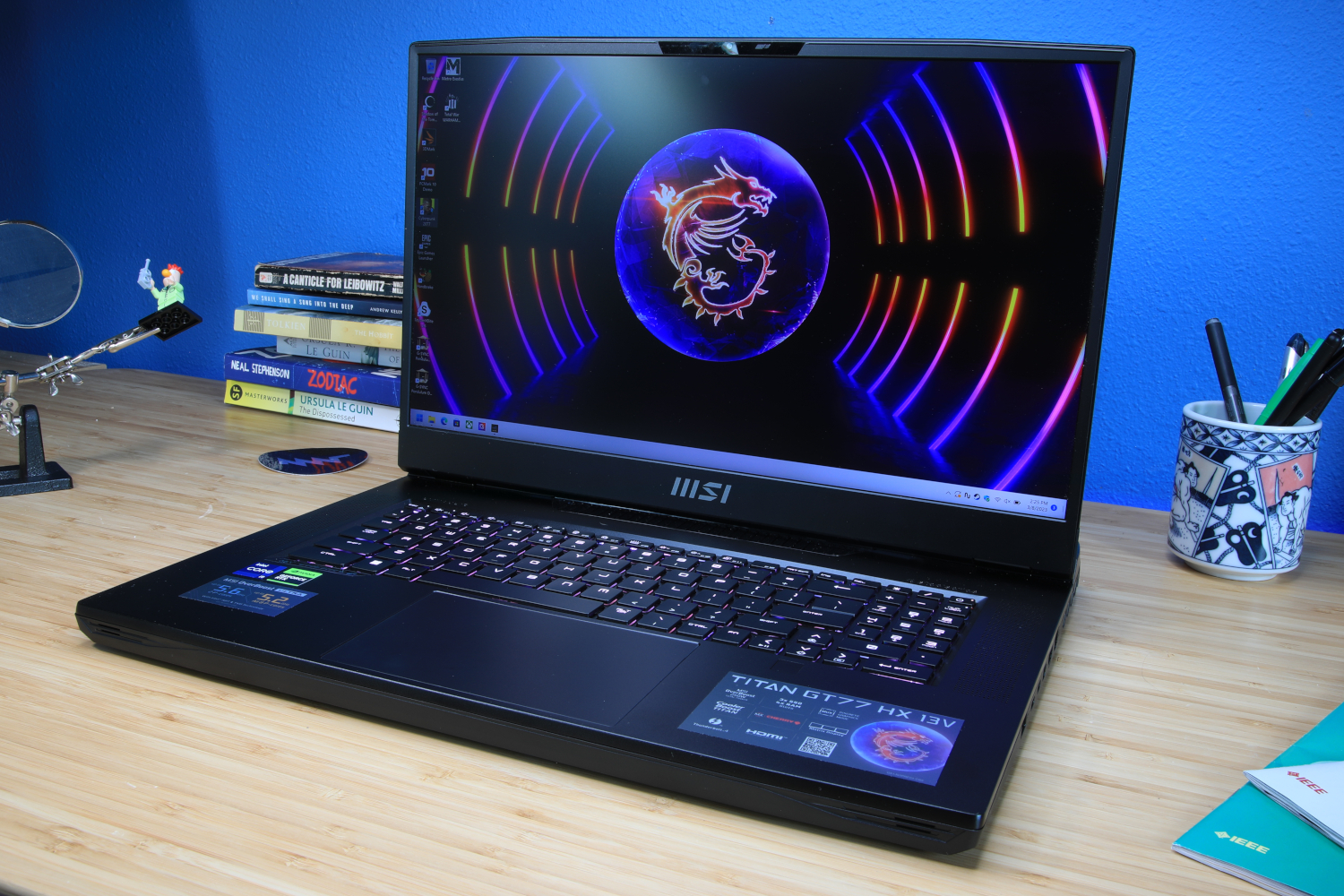Expert's Rating
Pros
- Large and gorgeous QHD+ display
- Connectivity options are decent
- The build quality is exceptionally fine
Cons
- CPU and GPU power is slightly wanting in this configuration compared to competitors
- Keyboard layout is very conservative
- It’s a little too large and cumbersome
Our Verdict
The Razer Blade 18 is large, has an exceptionally fine display, and robust build quality. Plus, it’s upgradability is a great future-proofing feature. Yet it slightly trails key rivals in the performance stakes and is pricier too.
Best Prices Today: Razer Blade 18
Razer has joined the 18-inch behemoth club with the giant Razer Blade 18 gaming laptop, whose primary market is going to be gamers seeking a desktop replacement powerful enough to get near-to desktop performance, but mobile enough to take on the road.
As one would expect, it’s a premium offering, with some of its many merits including a beautiful 18-inch QHD+ display with a 240Hz refresh rate, exceptional selection of ports, very decent upgradability, and a stylish, robust design that shares all the hallmarks of its smaller equally well-made siblings.
Despite these wins, this configuration of the Blade 18 proved a tad undercooked in the performance department compared with some rivals that are also a lot cheaper. Consequently, it’s likely not the best value option money can buy right now.
Looking for more options? Check out PCWorld’s roundup of the best gaming laptops available right now.
Razer Blade 18: Specifications and features
On Razer’s website you’ll find Razer Blade models for sale with either an Intel Core i9-13950HX or Intel Core i9-13980HX. The former can be paired with your choice of Nvidia RTX 40 series video card, SSD storage unit and RAM, with prices starting at $2,899.99 for the most affordable model. There’s only one model you can choose with a Core i9-13980HX. It comes with an RTX 4090 GPU, 2TB SSD storage and 64GB of RAM as standard, and has a price tag of $4,999.99.
If you’re on a budget but still want a top-of-the-line RTX 4090 GPU, you’ll save $500 if you choose the Core i9–13950HX configuration (my review unit’s configuration) with costs $4,499.99. That’s assuming you don’t find a better deal on an 18-inch gaming laptop with similar specs elsewhere – which you can currently do.
For example, you can currently get an Asus ROG Strix G18 with 13th Gen Intel Core i9-13980HX processor and RTX 4080 GPU for $2,499.99 from Best Buy. Our benchmarking shows this laptop is a real performance dynamo too – even despite the step-down GPU.
That doesn’t necessarily discount the Blade 18 as the best laptop for you. Its exceptional build quality, I/O options and upgradability are all very desirable features. But it’s worthwhile knowing that – right now anyway – your dollar may go further if you look around. The specifications of our review unit are as follows:
- CPU: Intel Core i9-13950HX
- RAM: 32GB DDR5 / 5600 MHz
- GPU: Nvidia GeForce RTX 4090
- Display: 18-inch, QHD+ (2560 x 1600), 240Hz refresh rate, 16:10 aspect ratio, 100 percent DCI-P3 color, 3ms response time, G-Sync
- Storage: 2 x 1TB PCIe Gen 4 SSD
- Ports: 3 x USB-A 3.2 Gen 2, Thunderbolt 4, USB-C 3.2 Gen 2 (supports DisplayPort and power delivery), HDMI 2.1, RJ45 Ethernet port
- Networking: Wi-Fi 6E (802.11ax), Bluetooth 5.3
- Weight: 6.80lbs (3.10kg)
- Dimensions: 0.86 x 10.84 x 15.74 inches
- Battery capacity: 91Whr
- Price: $4,499.99 at Razer
Razer Blade 18: Design and build
I may as well address the elephant in the room right away… last year’s Razer Blade 17 was big enough for me. With a gorgeous 17-inch display, a large spacious and stunning keyboard, and chassis that I could slip into a backpack, why would I need anything bigger? Well, Razer thinks I do, hence this year’s even more gigantic desktop replacement, which doesn’t dwarf the Blade 17 but might be large enough to have its measure in a wrestling match or two, something I found myself actually doing with it.
That last comment was a little unfair. But seriously, its sheer largeness did make it quite cumbersome at times. It measures 0.86 x 10.84 x 15.74 inches to the Blade 17’s 0.78 x 10.24 x 15.55 inches, a size differential that made the Blade 18 a little more awkward to perch on my lap or carry around the house. It’s without a doubt the most desktop-bound laptop I’ve ever used.
Indeed, if you do happen to be balancing it on your lap and tip it to one side, you’d better hope you’ve got a beanbag or tower of pillows to catch your fall, because it’s also very heavy. Again, not drastically more than the Blade 17, it weighs 6.80 pounds to the Blade 17’s 6.6 pounds, but the weight increase has kind of pushed it to the upper limit of what a laptop should weigh.
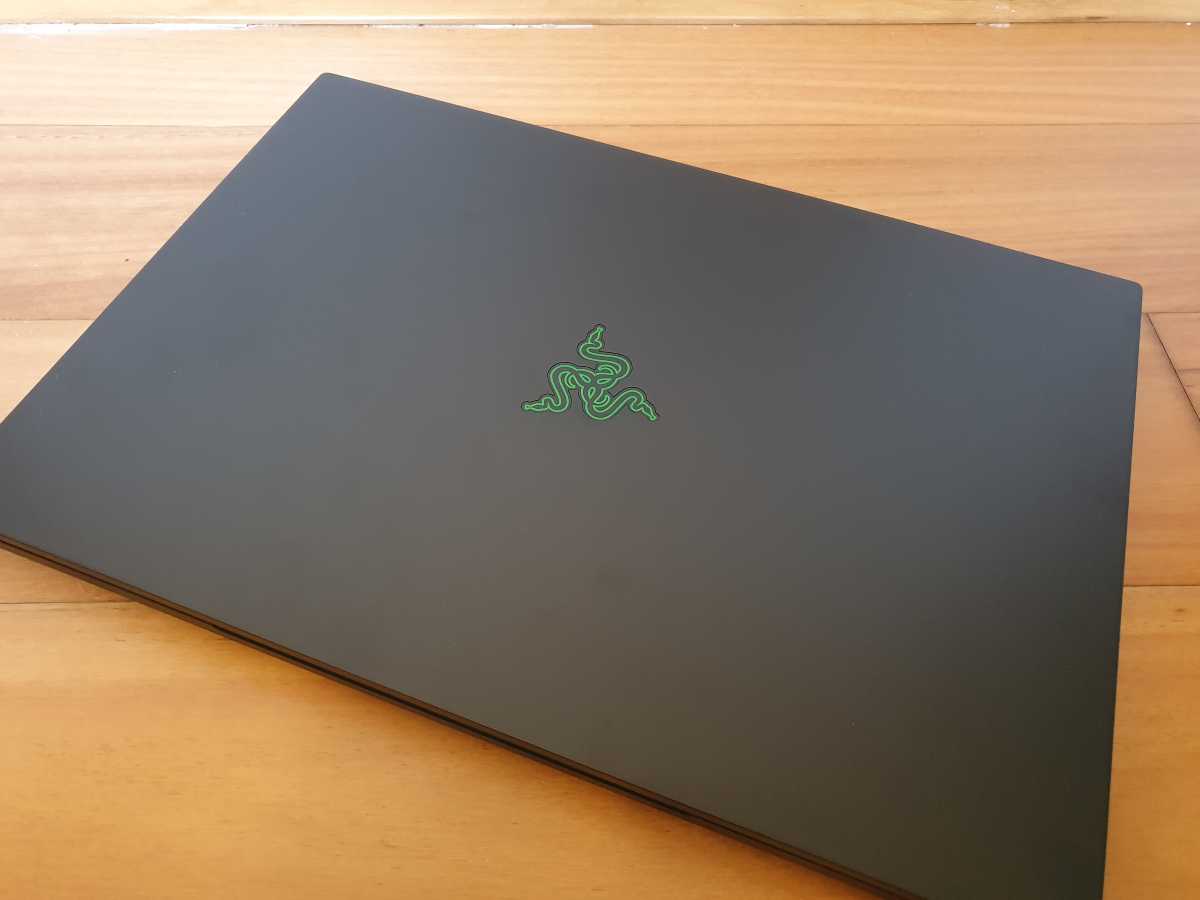
Dominic Bayley / IDG
Those little nit-picks covered, lets discuss its merits, of which it has many. First and foremost is its wondrous display which in every way is even more impressive than the Blade 17 or the Asus ROG Strix G18 for that matter. It’s not only extremely large but the whole panel comes framed up with amazingly thin 4.6 mm bezels. It also towered above my 15.6-inch work laptop, it’s tall 16:10 ratio panel providing a visual feast really worth savoring.
Its upgradability is another win. Razer has put a lot of thought into how you might actually want to use it like a desktop laptop. Hence inside the chassis you’ll find two slots for RAM expandable to a maximum 64GB DDR5-5200MHz while two open M.2 NVMe spots allow you to upgrade to a maximum of 8TB dual sided SSD, so you can really max storage out, money permitting.
”There’s no denying what we see here is mighty GPU performance and frame rates that any self-respecting gamer would be happy to have. The big question is: can you get better performance elsewhere and at a cheaper price?
The cooling system is tailor made too, with a specially made vapor chamber that’s bigger than any Razer forebear. This works continuously with a three-fan system that sounds remarkably quiet, even when AAA games are pushing the hardware’s upper limits.
The laptop’s styling also shows an enormous amount of flair and sophistication, as I’ve come to expect from Razer laptops. The slick anodized black exterior feels exceptionally smooth, and the anti-fingerprint coating works a treat dulling your fingerprints so that your device doesn’t end up looking like a farcical polka-dotted accessory after playing.
Mentioned in this article…
That classic razer styling is backed by a respectable robustness. The whole chassis has been CNC-milled from a single slab of aluminum and it really shows – the hinges are tight and unyielding, and the base is as hard as a rock. In fact, here, if ever there was one, is a laptop that can take any number of bangs, scratches and wallops and will stand up again and again without breaking.
Razer Blade 18: Keyboard and trackpad
Like the Razer Blade 17, Razer has opted not to build the keyboard out to the full periphery of the laptop’s chassis, leaving plenty of space for generous-sized speaker grilles either side. While that seemed like a lost opportunity in the Razer Blade 17, where the keyboard felt a bit cramped, in the Razer Blade 18 it really works to make everything fit well. Indeed, the larger sized keyboard is ideally proportioned, and the almost dime-sized keys feel nearly impossible to miss hit.
The key response is also balanced, being neither too mushy nor bouncy, despite the keys having quite a low vertical travel. The per-key backlighting looks brilliant too – it flashes green on start-up tantalizing you with all the possibilities you have to personalize the lighting effects and colors in Razer’s Synapse 3 software.
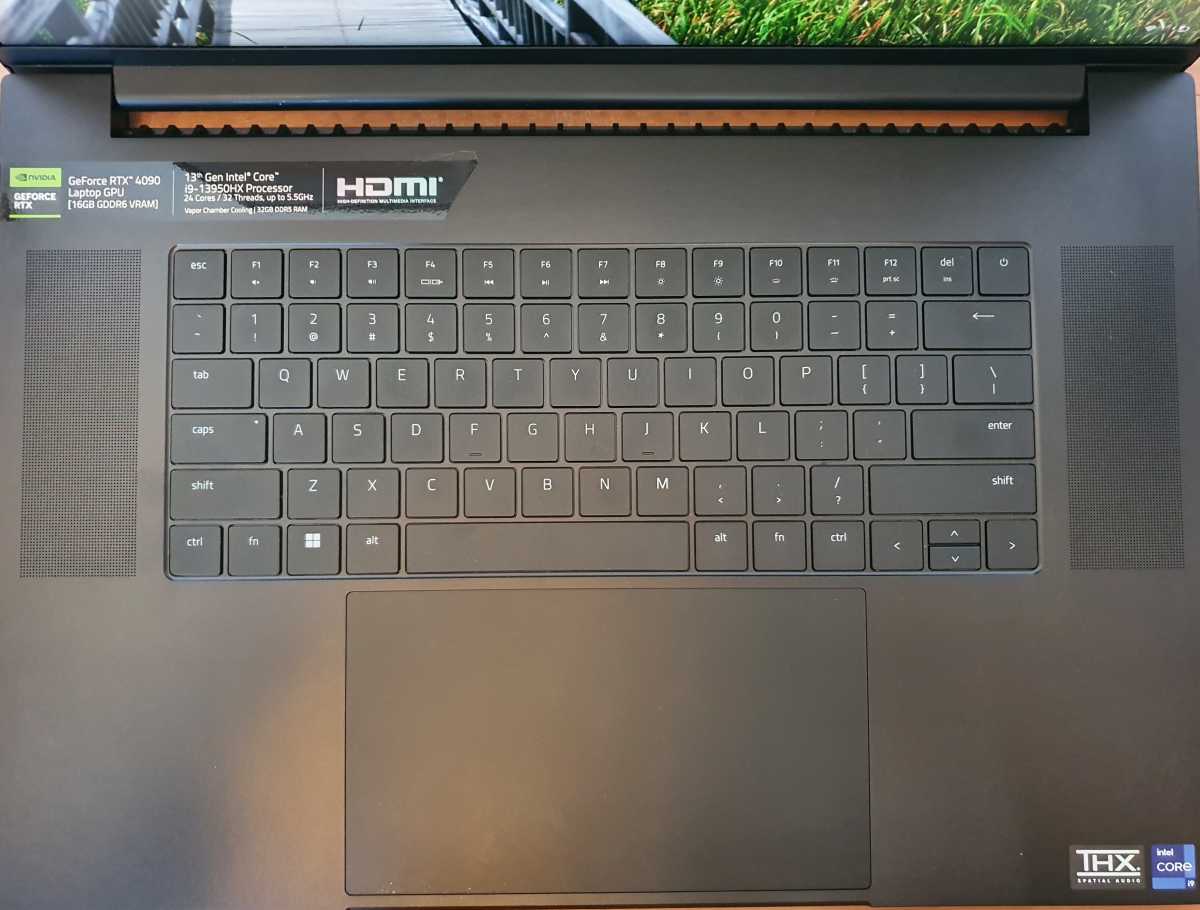
The Razer Blade 18’s keyboard layout is quite conservative, but its large keys are comfortable and responsive.
Dominic Bayley / IDG
That said, the layout is quite conservative. For one there’s no media keys to speak of, which we’ve seen lately in some rivals. Personally, I would have easily put up with smaller keys just for a set of dedicated media controls or shortcuts to manage my audio.
Still, you do get larger-sized arrow keys than in the Blade 17, so you’re now a lot less likely to accidently hit Right Shift. This is a very welcome change. The Microsoft precision trackpad is also top-notch in every way, as it’s spacious, smooth, and responsive.
Razer Blade 18: Connectivity and audio
The Razer Blade 18’s generous I/O options easily accommodated my must-have devices. I made short use of the three USB-A ports (that’s one more than you get in the Asus ROG Strix G18) for gadgets like my Wi-Fi speaker, gaming mouse and a full-sized keyboard, but I still had a USB-C port and Thunderbolt 4 port free for my external SSD and smartphone.
On top of that, the HDMI 2.1 and Ethernet ports made my LAN gaming sessions considerably easier. They helped cut out some of the toing and froing that happens between friends before games start. For my part, I could simply just say: I’ve got all the ports, so just hook me up!
Mentioned in this article…
Asus ROG Strix G18
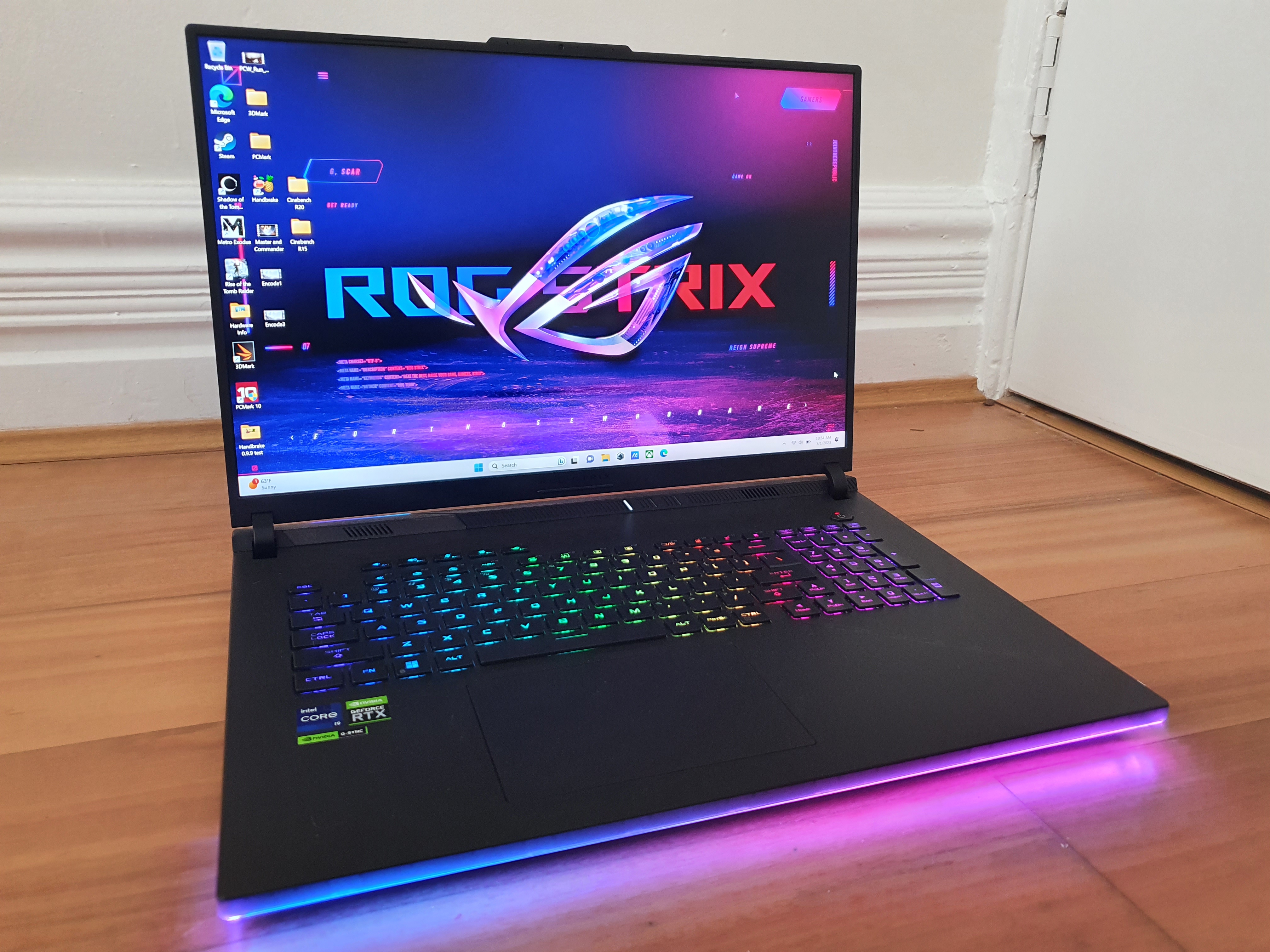
Autentifică-te pentru a adăuga comentarii
Alte posturi din acest grup

Despite rumors of a major redesign for Apple’s TV streaming platform,

The top price of new video games is suddenly a hot topic, with many p
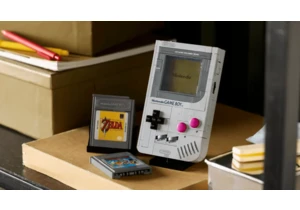
If you’re old enough to remember the original, brick-like Game Boy, y
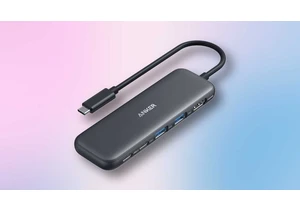
Most often than not these days, laptops don’t come with enough ports
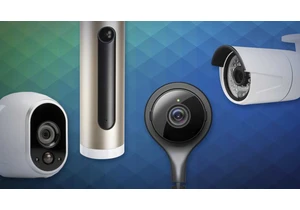
Home security cameras are easy to install, easy to use, and incredibl
Proton, the privacy-focused company behind the encrypted email servic

Amazon is apparently betting on color displays for its e-readers with
